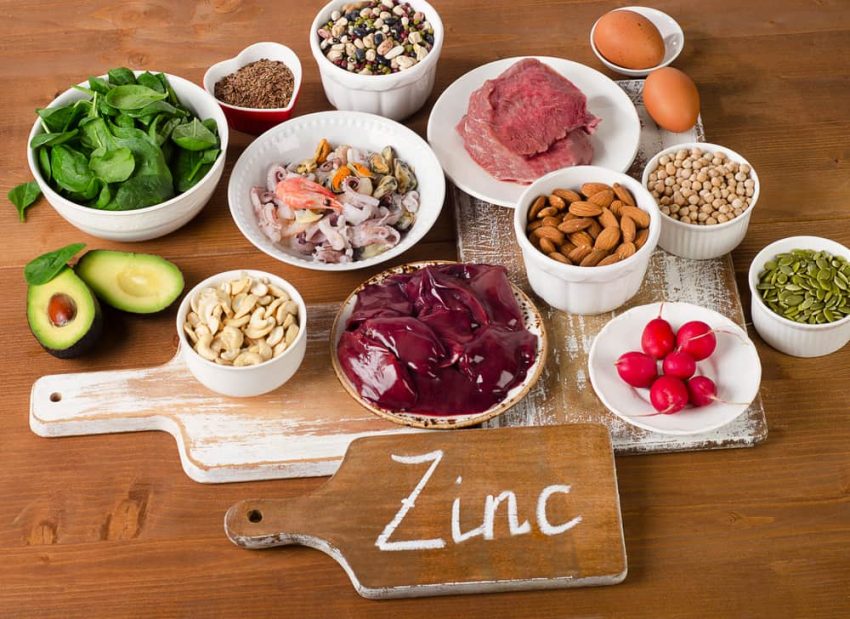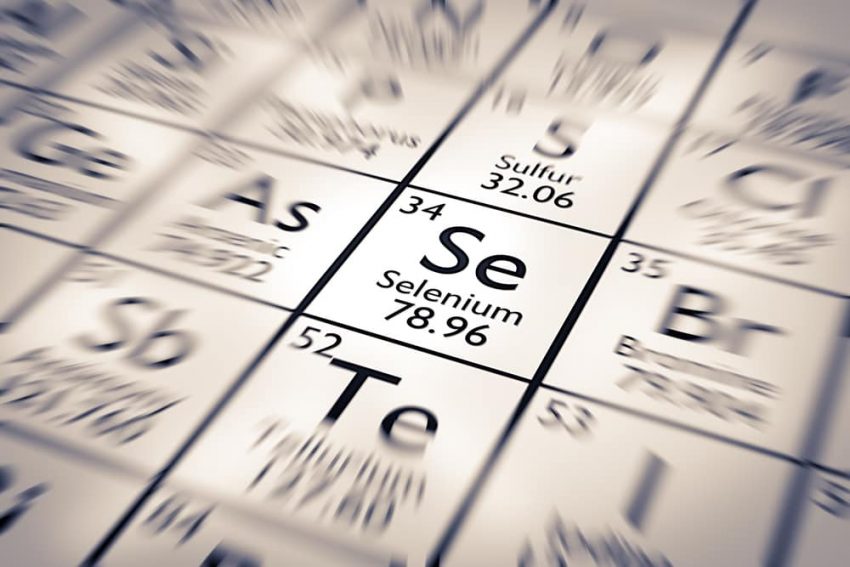The trace elements They are molecules that, although they are found in very small quantities, are essential for the normal functioning of the body. Its contribution to the body is essential for many of the metabolic processes, among other functions. For example: sulfur, lithium, magnesium, selenium.
The name of trace elements is given precisely by this condition of need very little, because if a higher daily consumption were needed, these components would be called directly minerals.
Chemically, trace elements are metals or metalloids that are in the body in infinitesimal doses, but that have an important role because they act as catalysts for chemical reactions in the body: they accelerate or delay chemical reactions without being consumed in the same reaction.
It is because of this essential condition that each trace element has an optimal range of concentration, and both its scarcity and its excess are detrimental to health.
Trace elements functions
The functions of the trace elements include their status as complementary enzymatic and hormonal agents, the role of stabilizers of nucleic acids, in addition to being important in the entire process of growth, pregnancy, lactation, menopause and aging.
In the case of allergies, tumors, degenerative diseases, depression and cardiovascular diseases, the body’s own healing has to do with this class of elements.

Oligotherapy
There is a current of medicine that considers trace elements as the key in overcoming a large number of diseases: it is the oligotherapy, which aims to supplement the diet with the appropriate minerals, in such a way that the body recovers the energy and vitality necessary for its optimal performance, reaching a balance through a catalytic effect that improves the function of enzymes.
Examples of trace elements
- Calcium. Helps the formation and strength of bones and teeth, contributes to blood clotting and muscle functions. Helps prevent osteoporosis in menopausal women.
- Aluminum. It helps the ossification of cartilage, as well as intellectual work and the improvement of states of anxiety, insomnia and stress.
- Sulfur. Regulator of allergic properties, in addition to improving the defenses of the upper airways against various infections.
- Germanium. It acts as an antioxidant and anti-aging, in addition to increasing sexual function.
- Molybdenum. Detoxifies the liver and intervenes in brain health.
- Zinc. Cofactor of different functions of growth, immunity and healing of the skin. It synthesizes proteins, lipids and carbohydrates, in addition to helping the growth and development of the central nervous system.

- Match. Primordial for the nervous system, it is used to improve states of intellectual fatigue.
- Iron. It is part of the hemoglobin that is involved in the transport of oxygen by the red blood cells in the blood.
- Bismuth. It is used for the treatment of tonsillitis and pharyngitis.
- Cobalt. Essential component of vitamin B12. It is used in circulatory problems and hypertension. In addition, together with zinc and nickel, it is used in problems such as diabetes.
- Chrome. It activates the metabolism of glucose and fats, helping to lower the levels of cholesterol in the blood.
- Copper. It is an anti-inflammatory element widely used in rheumatism, it facilitates the absorption of iron and can be used in certain cases of anemia.
- Silica. Participates in the good quality of the skin and bones, in the proper functioning of the prostate joints.
- Lithium. Trace element of the nervous system, helps and regulates the sleep cycle and mood. It is used in the treatment of psychosomatic problems, as it balances manic-depressive states.
- Magnesium. It has an effect on the nervous and circulatory system. It is used in the treatment of nervous spasms and anxieties.

- Nickel. Participates in the function and production of enzymes and hormones, as well as being used in disorders of the liver and pancreas.
- Fluorine. Element that participates in the formation of bones and dental enamel.
- Silver. It serves as a preventive agent for many infections.
- Gold. It acts at the level of the connective tissues, and as a stimulant of the circulatory system.
- Potassium. It helps to regulate the amount of water in the body, in addition to regulating the heart rate.
- Iodine. It synthesizes hormones from the thyroid gland, participating in obtaining energy and in the development of the brain.
- Manganese. Modulator of the immune system and together with sulfur it can be used in respiratory allergies such as asthma or eczema. Participates in the action of biotin and thyroxine.
- Sodium. Regulates the distribution of water in the body, in addition to promoting nerve and muscle functions.
- Selenium. Due to its anti-free radical properties, it is used in anti-aging treatments. It also has a protective role for the heart, along with some vitamins.

